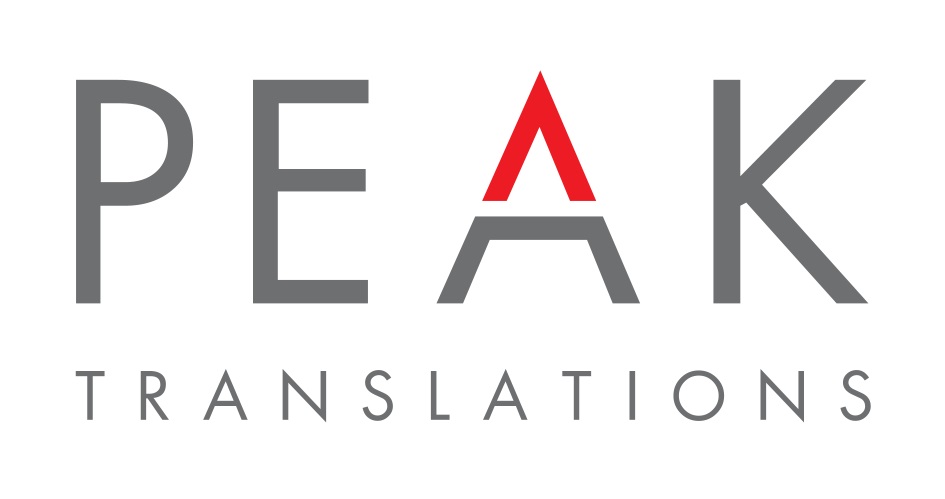 Add My Company
Add My Company
Sign In

How To Make Your Overseas Markets Find Your Website
So, you want to grow your overseas sales, you’ve identified the target markets and decided to invest in a dedicated website in the language of the target audience. But how do you make sure you get maximum return on your investment?
Quite simply, you need to make sure your website not only appeals but can also be found by your target audience, and the way to do that is by localising the content and ensuring the site is fully optimised for the type of audience you are trying to attract. But what does that mean?
Appealing to your target market
It’s important to recognise that your target overseas markets will differ in a number of ways to your existing domestic markets. First and foremost, there is likely to be a language difference, even if the target market speaks English. For example, if you offer a “bespoke” product or service to an American market, they may be confused as to what you are offering as it is not a word often used in American English; instead they would use “customized” or “personalized”. So making sure the content of our website contains the right vocabulary for a particular target audience is critical to its success, as it will also ensure it is found when they search for your product or service.
As well as making sure the language is adapted to the target market, you may have to consider changing the look of the site. Certain colours have particular meanings in other countries – in China, white is associated with death for example, red for weddings and yellow is to be avoided due to associations with porn. Images might evoke different emotions or be less relevant to overseas markets compared to your domestic markets, so may need to be changed. Companies selling equestrian supplies may find their UK market consists of riding schools and use images of children winning gymkhanas whereas in the USA the market is going to be ranch owners and therefore the same imagery wouldn’t have the right impact.
Localising content also means adapting delivery and payment methods to suit the local market, so thought needs to be given to those aspects of the selling process and reflected on the website. For example, if you offer free delivery in the UK for orders over £50, there is no point including that in the foreign site, so what are you going to offer them? And there are some markets that don’t like to use credit cards to pay, so if that is the only option you currently offer, you may need to look into alternatives for overseas markets.
How to effectively implement multilingual search engine optimisation?
Getting a return on your investment means, as well as localising the site, you need to make sure it can be found by your target audience, which is where search engine optimisation comes in. It’s not just about taking your UK site and getting it translated in the foreign language or just changing the domain name for English-speaking foreign markets. There needs to be an overall strategy in place, as there would be for your UK site, to establish the objectives and who you are targeting, which can then be incorporated into the translated content and behind-the-scenes areas of the website.
Why not just translate?
For any website to work, it needs to appear in search results and to do that you need to make sure the content and setup of the site contains the keywords that people are using to search for your product or service so that the page will be considered relevant to the search. This is known as search engine optimisation (SEO).
A foreign language website is no exception and the critical part of this it to do keyword research in the target language rather than just directly translating a list of keywords. This is because the direct translation may not be the term or phrase people are using to search for your product or service and also because sometimes with translation there is more than one option in the target language and you need to be using the one your audience are using.
Once the list of keywords has been identified through the research process, these words need to be incorporated into the backend of the site and the content of the pages. If the content has already been translated, this could mean that it has to be adapted slightly to accommodate the keywords and why direct translation is not always the right solution.
Benefits of multilingual SEO
Taking these extra steps and including your foreign language web pages as part of your overall international marketing strategy will help you to achieve a greater return on investment in your chosen target markets. The translation of the site should be considered as an integral part of the process and given equal care and attention as the English version. We would also recommend working with a web and/or SEO company with experience in international sites to help to achieve greater results with the technical side of the website.
For more information on How To Make Your Overseas Markets Find Your Website talk to Peak Translations Ltd
Enquire Now
List your company on FindTheNeedle.

